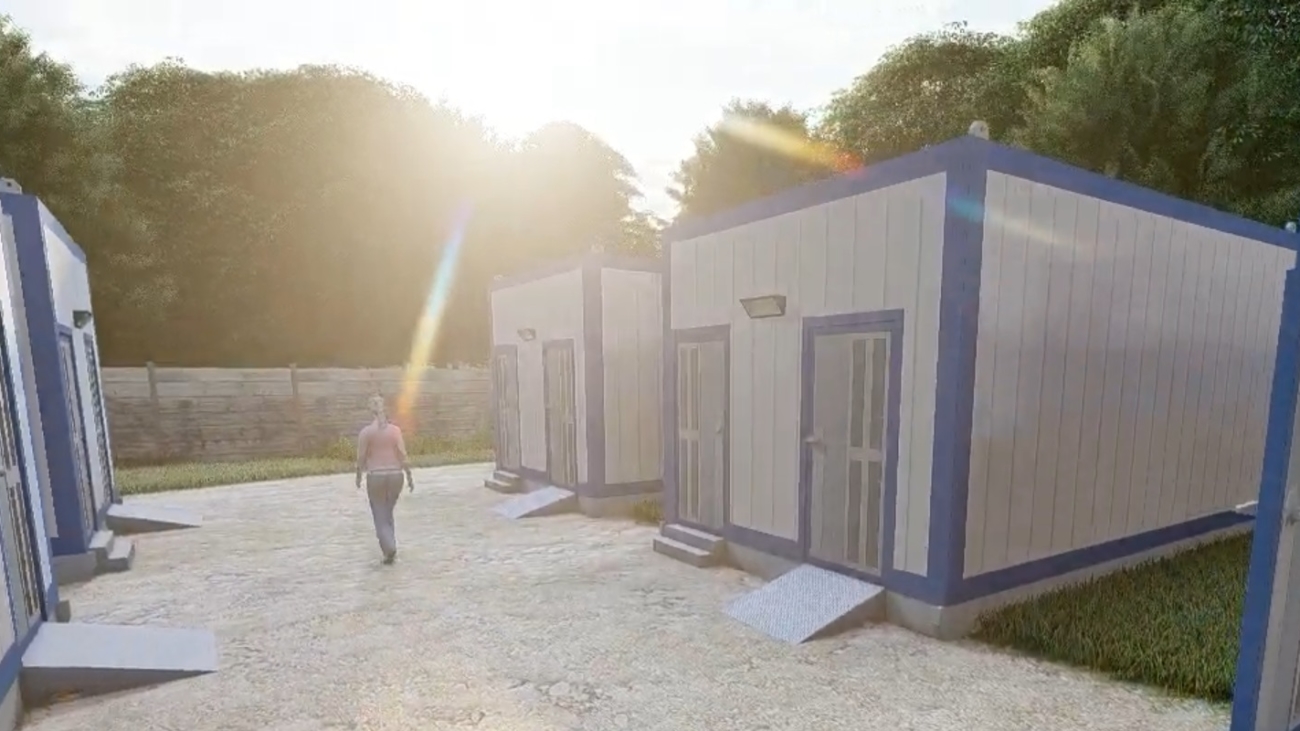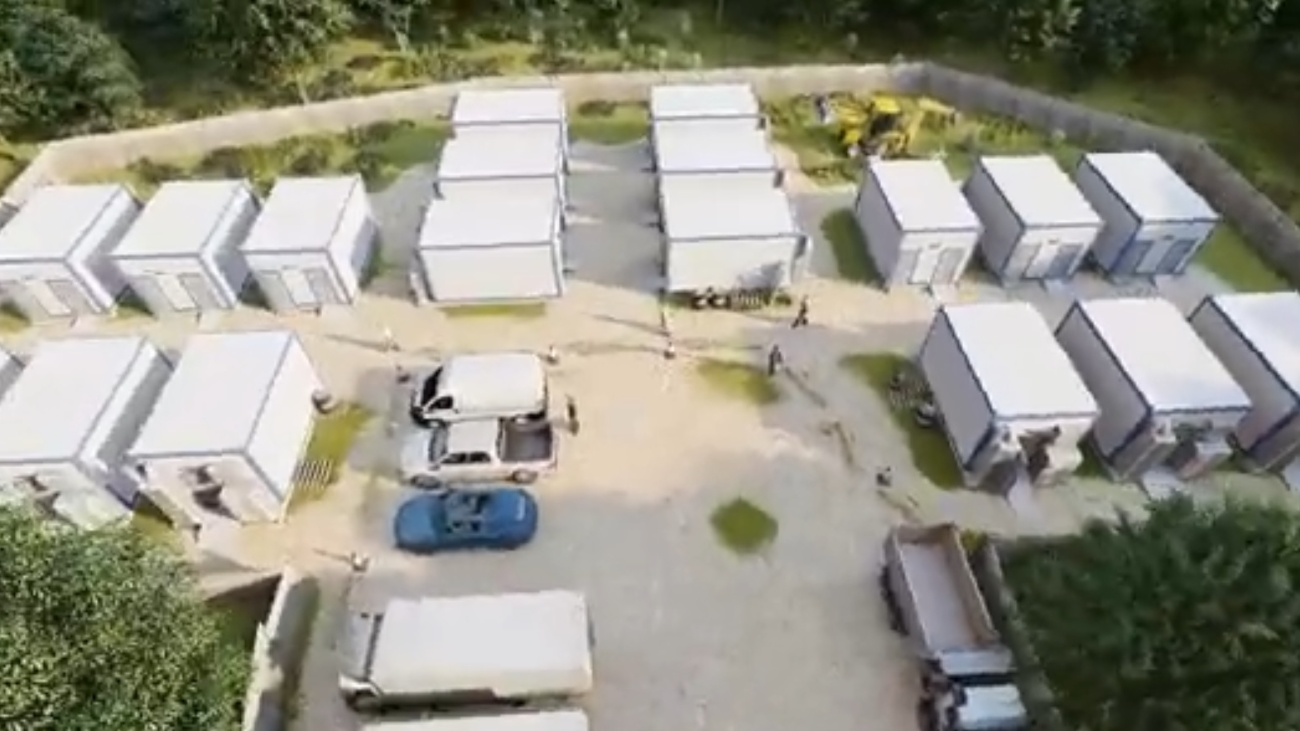Keeping produce fresh can be a challenge in the food industry. Enzymes released by the produce increase the degradation and ripening of the fruit. Over time, the fruit has increased respiratory activity that leads to softening and spoilage. After produce is picked, there begins a slow process of water loss that can make the fruit or vegetable less desirable. Lastly, microorganisms that lead to decay grow easily at warmer temperatures. Thus, one of the most important ways to maintain proper quality and freshness of food products is through proper cooling. At SEMCO/SEMCOLD LLC, we design and produce multiple cooling systems to function well with diverse produce.
Today we want to turn our attention to one of the most commonly used produce cooling methods: room cooling. Room cooling is a simple and effective cooling method that is great for a variety of different fruits and vegetables. However, it is not ideal for all produce. Let’s take a look at some of the limitations of room cooling.
A Common Cooling Method With Limitations
Room cooling is a common method to cool fruit after harvest. This method involves an insulated room with refrigeration units designed to create a cold environment. The produce placed inside the cold room will lower in temperature depending on the number, power, and placement of the refrigeration units. This method can be energy efficient depending on the design of the building and the efficiency of the units. At SEMCO/SEMCOLD LLC, we manufacture highly efficient cooling units for industrial scale cooling. Although this method can work well with already cooled produce or produce that does not need rapid cooling, it can be ineffective for warmer produce recently removed from the field or for produce that requires rapid cooling.
Produce That Is Unsuitable For Room Cooling
Room cooling isn’t right for all types of produce. The following types of produce should not be cooled with room cooling alone:
- Asparagus
- Broccoli
- Brussel sprouts
- Cantaloupe
- Carrots
- Cauliflower
- Celery
- Cherries
- Corn
- Cucumbers
- Endive
- Grapes
- Leeks
- Lettuce
- Nectarines
- Onions
- Peaches
- Peas in pods
- Plums
- Radishes
- Spinach
- Watermelon
Some of these vegetables and fruits have a high respiration rate, which need to be cooled rapidly to avoid degradation of the produce’s structure and nutrition. Produce with lower respiration rates do not always need to be quickly cooled to maintain its integrity.
Ice Cooling: Old Fashion and Effective For Rapid Cooling
A quick and efficient method to cool some foods is through ice cooling. Many types of produce, including asparagus, broccoli, cantaloupes, carrots, cauliflower, endive along with multiple other high-respiration produce, can be iced for quick cooling. Direct contact with ice does not cause damage to the produce because these have a stronger outer structure. Ice cooling requires a system to quickly produce and store clean ice with which to cool the produce.
Additional Rapid Cooling Methods For Delicate Produce
Some produce can be damaged by direct contact with ice, but also should not be room cooled. Some types of cooling methods that may be suitable for these types of produce include forced-air cooling and hydrocooling. Forced-air cooling utilizes fans that push cold air through the pallets of food and increase the exposure and cooling efficiency of food. Hydrocooling uses cooled water to draw the heat out of produce.
Although room cooling is an effective way to cool some produce, the above outlined methods are better suited to more rapidly cool produce that degrade quickly. SEMCO/SEMCOLD LLC has put together cooling and storage guides for a variety of produce and we recommend searching our archives if you are looking for additional information about a particular crop. Additionally, our experts are always happy to answer your cooling and storage questions and remember that SEMCO/SEMCOLD LLC’s systems are fully customizable and can be tailored exactly to customer specifications.


